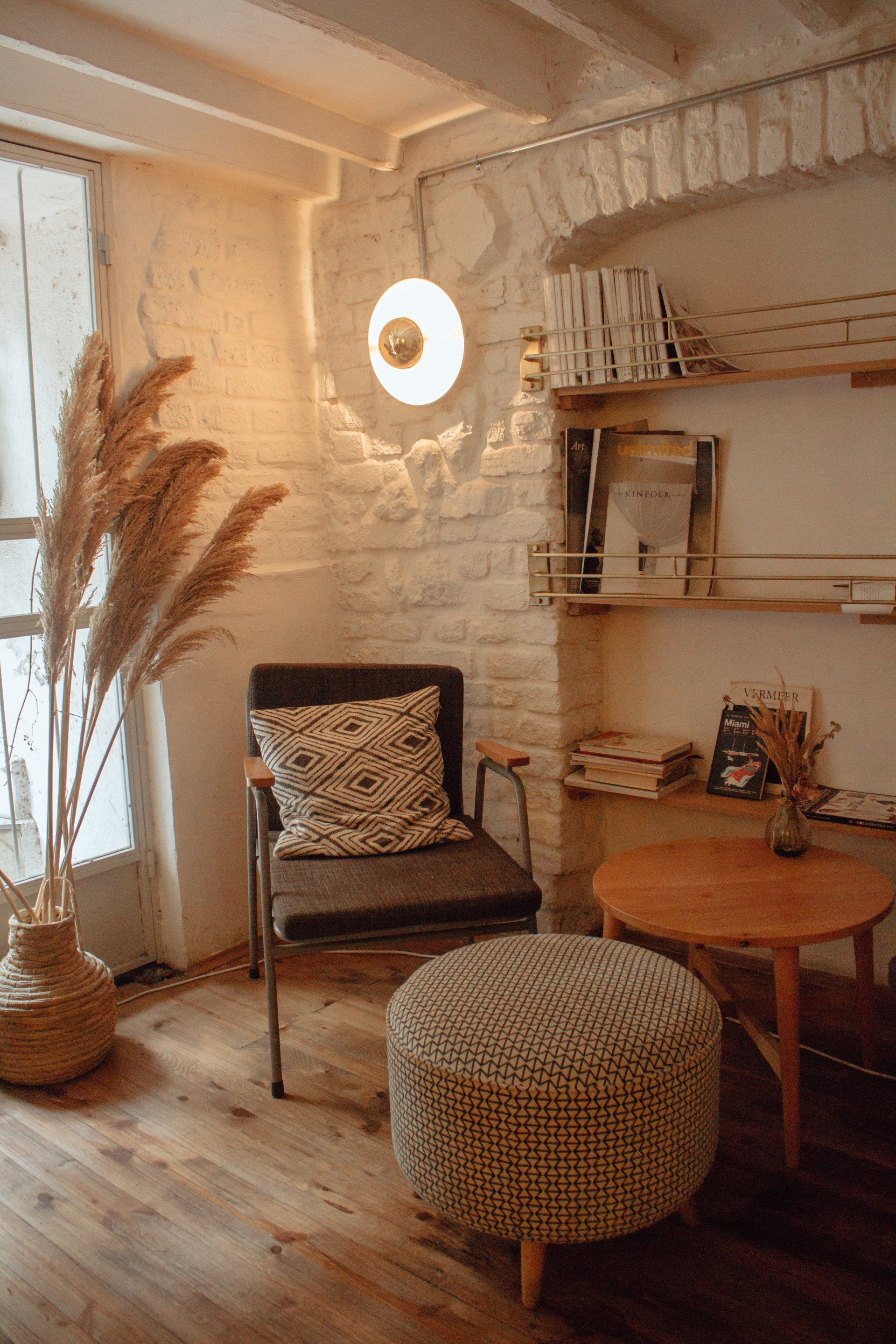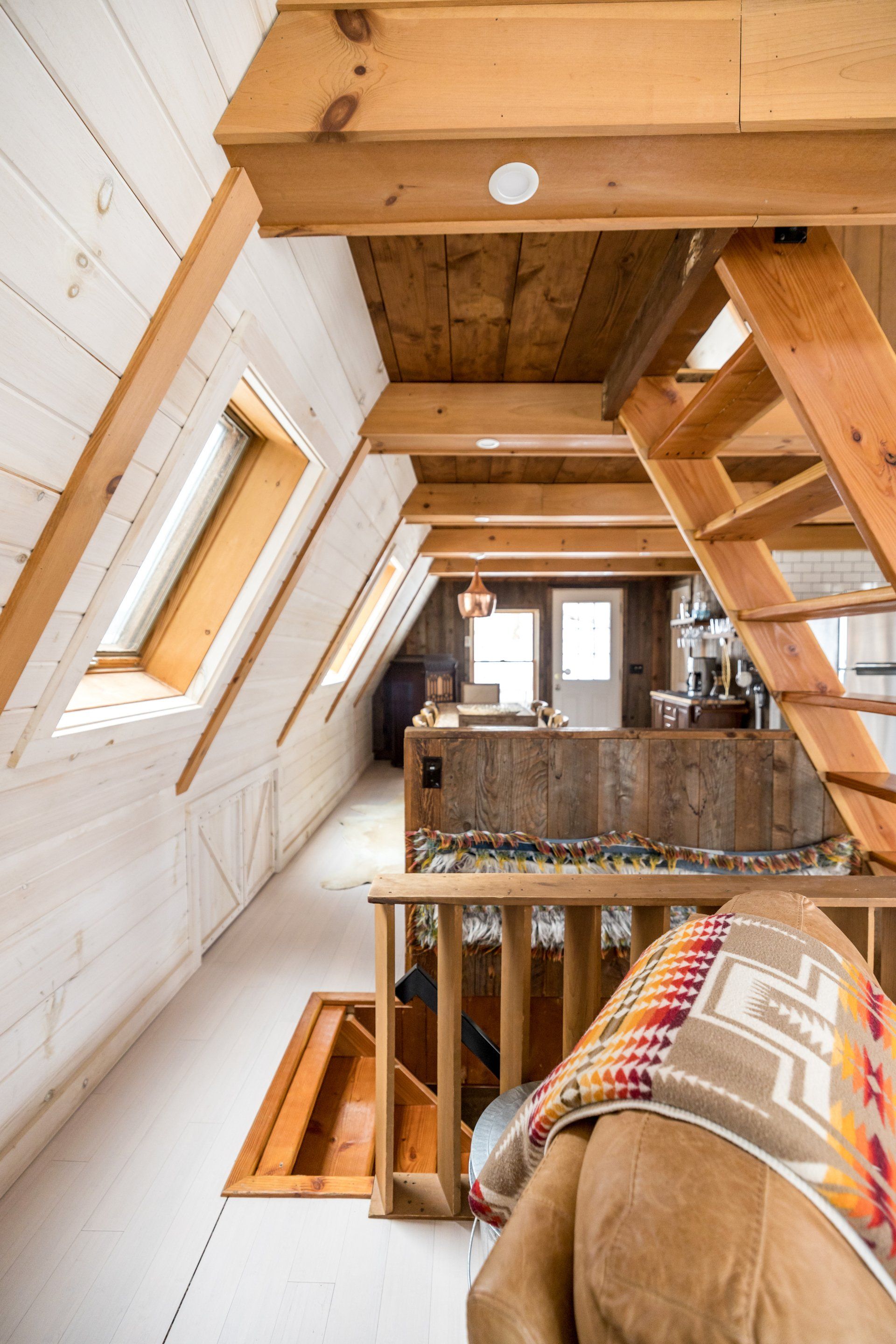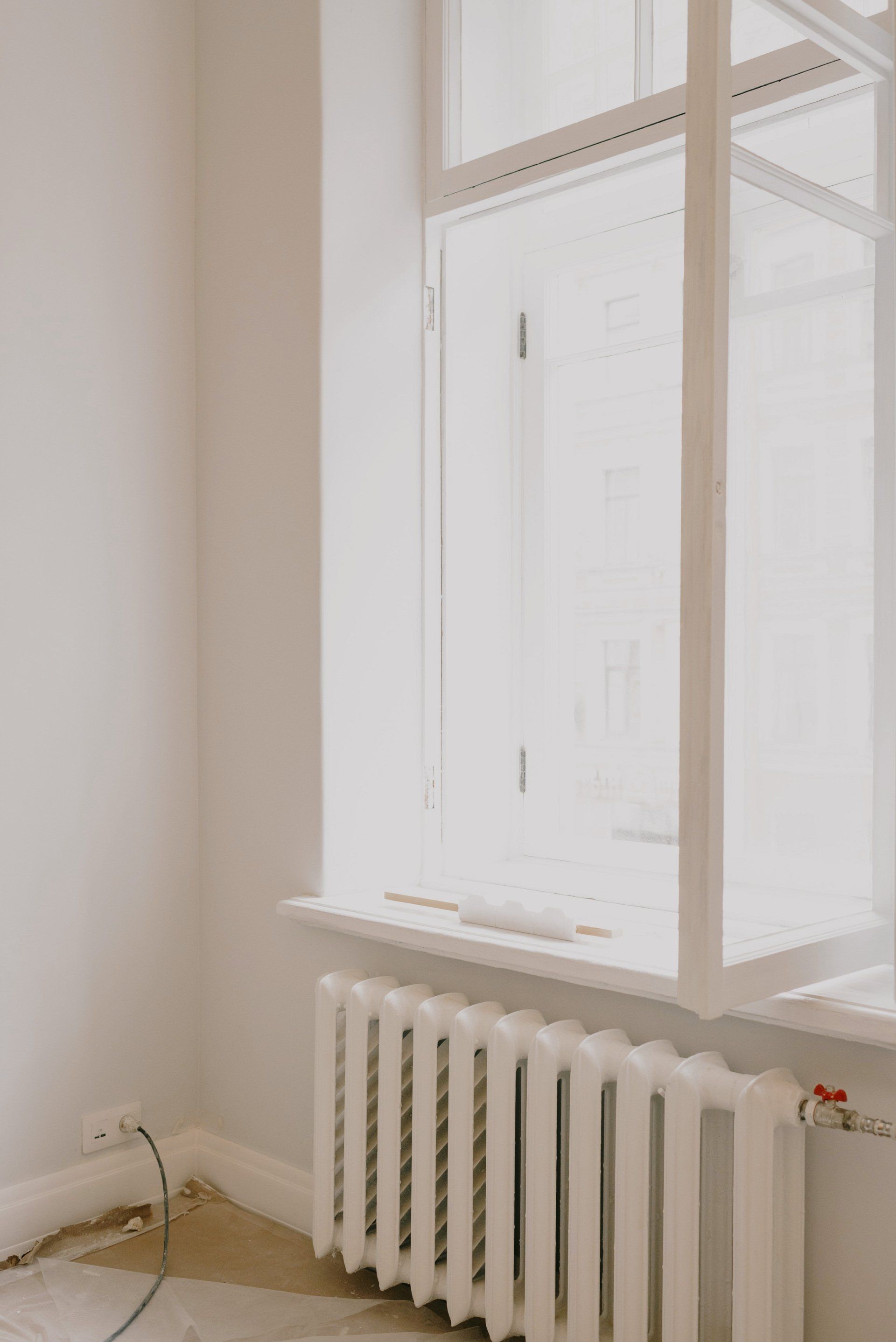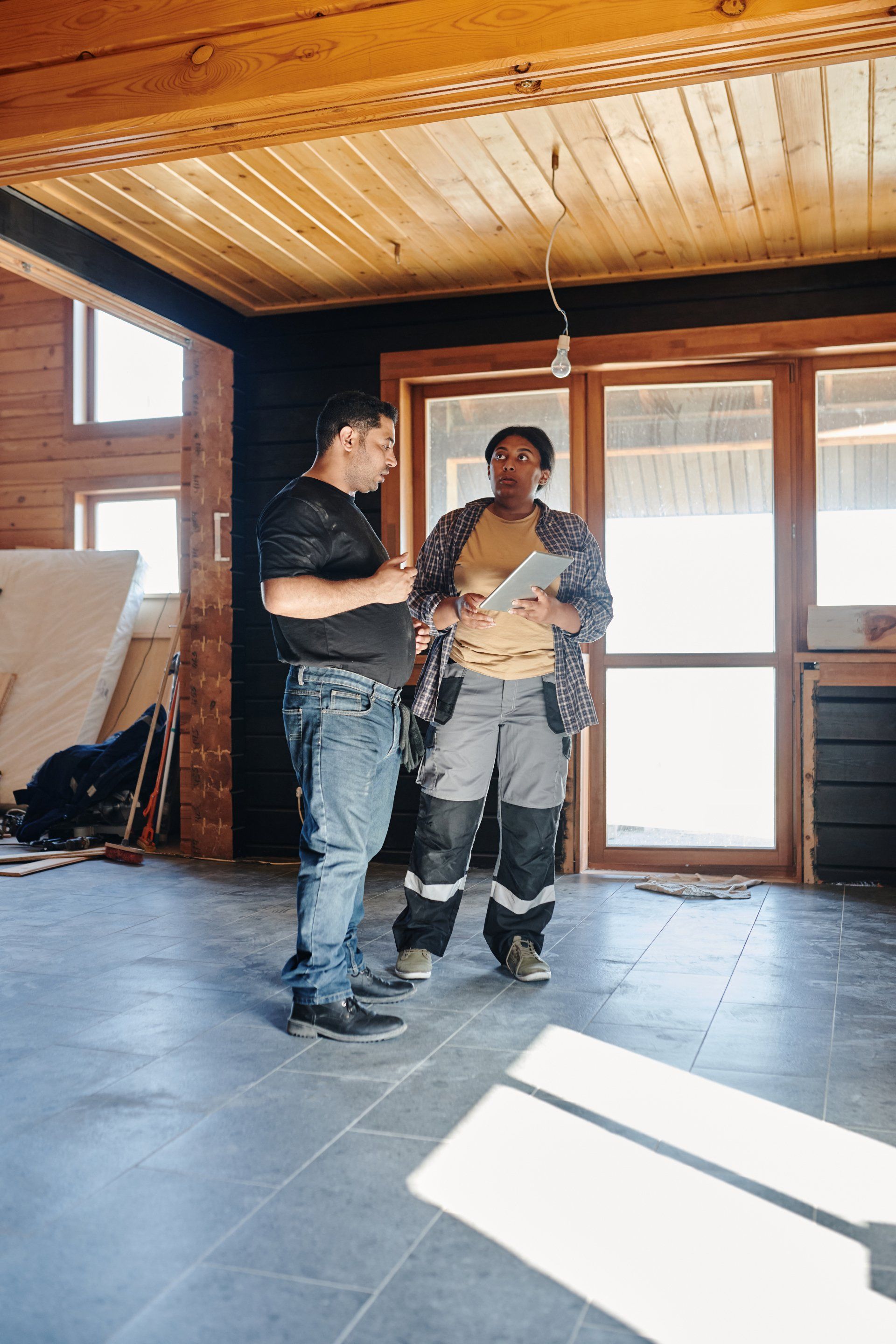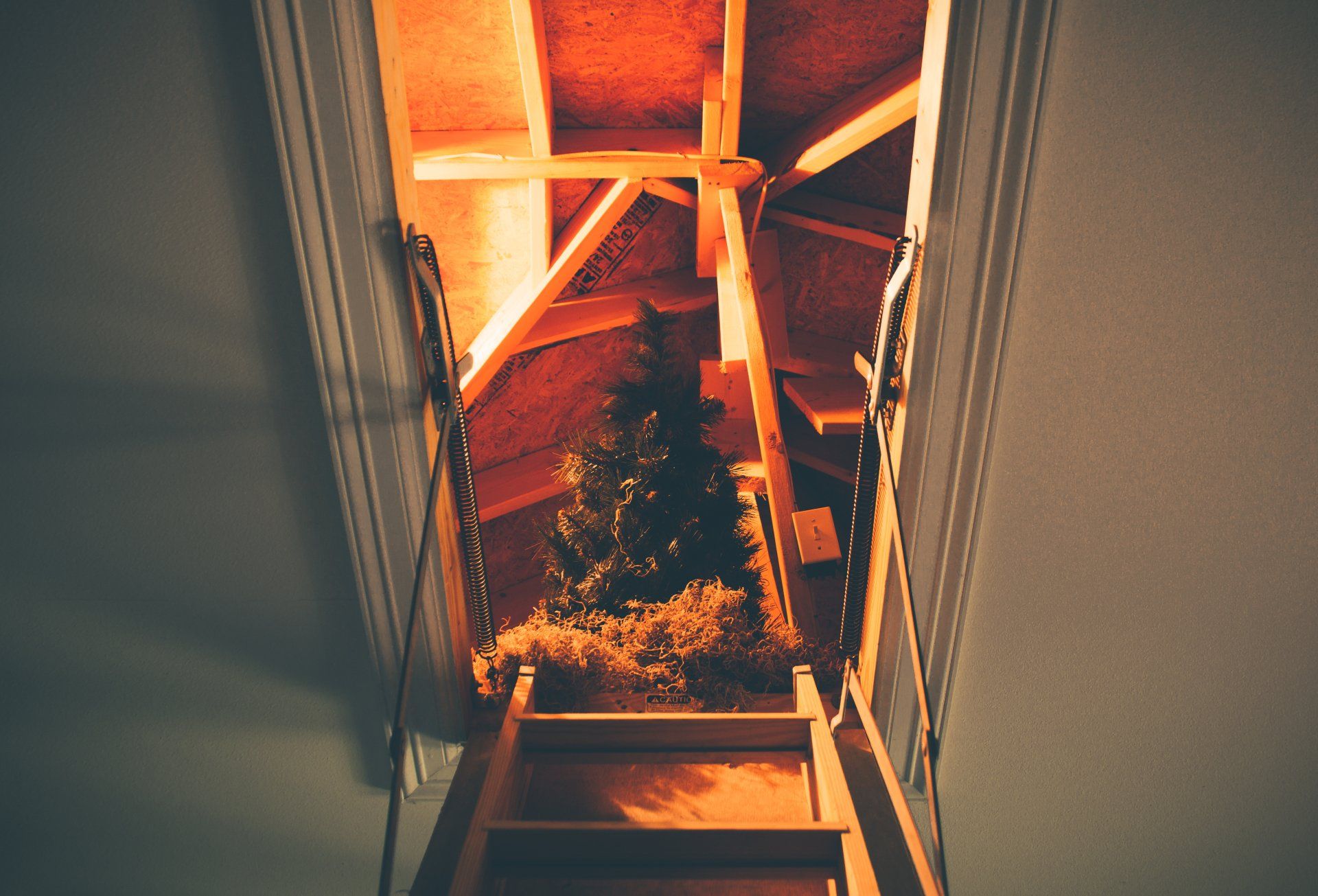The facts you must know about sustainable insulation
The facts you must know about sustainable insulation
With so many items on the market that might enhance your home's energy rating, it can be difficult to discern which insulating choices are sustainable. In this article, we will explain why insulation is becoming so popular and how you can comprehend the goods now accessible.
Why is insulation so widely used?
The popularity of insulation has been fueled by a number of important factors, including:
- Awareness and mitigation of climate change. Whether based on personal conviction or tighter international legislation, every industry must contribute to achieving Net Zero.
- Increasing energy costs. Particularly in the first half of 2022, energy prices have risen dramatically; building insulation attempts to reduce energy use.
- Increased building of warmer areas. With increased housing demand and higher average room temperatures than twenty years ago, the requirement to retain heat is greater than ever.
What prevalent types of insulation are there?
Typically, there are only a handful of insulation kinds available.
- Included in this category are open-cell or soft insulations, such as rockwool and stone wool.
- Closed-cell and polymeric foams, such as polyurethanes and stiff insulating boards.
Are these insulation materials eco-friendly?
If by sustainable you mean carbon footprint-light and recyclable, then yes. But it depends.
- For the majority of open-cell and soft insulations, less polymers and gentler manufacturing procedures are required.
- Closed cells and plastic foams - These are frequently produced through highly polluting methods and are difficult to recycle.
How to detect environmentally responsible insulation?
As previously said, it is as crucial to have insulation that is produced in a sustainable manner as it is to have insulation that is effective. But how can sustainable insulation be identified?
- Basic research on the materials. Basic research on the base material will disclose a great deal about the insulation's durability.
- Certifications. These are visible from one product to the next and can guarantee responsible sourcing and Co2 commitments from the supplier.
- Product recyclability. These again provide information on the entire product life cycle.
- Inspect the R/U value of the insulation. It is essential to check the thermal performance of any product to ensure that it will keep your home warm.
Each product should have an R-value, which, when combined with the product's thickness, can be used to calculate the U-value.
According to building rules, every insulation is required to have a minimum U-value.
- Exterior Walls: 0.28W/mk²
- Roofs: 0.2W/mk²
- Floors: 0.22W/mk²
Highly sustainable types of insulation
Regarding sustainable insulation materials, we've compiled a list of favorite up-and-coming insulation types:
Wood wool: a product derived from trees that are highly thermally efficient; it is a relatively new but promising material. Similar to conventional rock wool materials, wood wool is optimally utilized between timber joists in walls, floors, and roofs.
Cork: a terrific building material that can be utilized practically everywhere. Given cork's appearance and thermal and water resistance, it is ideally suited for use as the exterior wall or roof insulation.
Hemp: a highly effective and easily biodegradable insulator. As a sort of loose insulation, hemp is ideal for use between timber joists in walls, floors, and roofs.
Edmonton Insulation Quote

